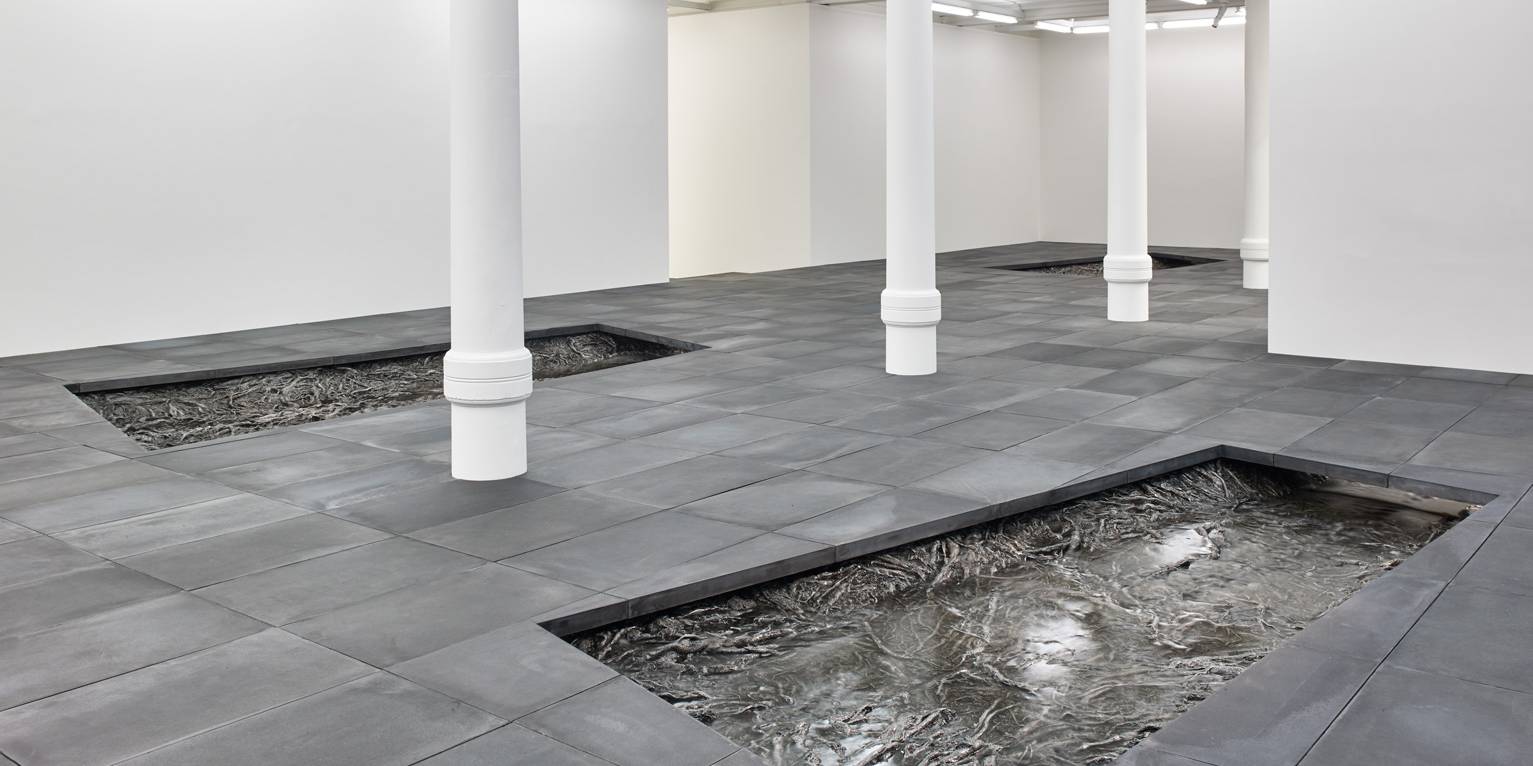
Cristina Iglesias: large-scale installations and the poetry of sculpture
Cristina Iglesias (San Sebastián, 1956) is one of the most influential Spanish artists of recent decades. With a career spanning over forty years, she has transformed public spaces worldwide with monumental works that merge sculpture, architecture and landscape.
Her practice explores the boundaries between interior and exterior, organic and artificial, permanence and ephemerality. Using bronze, steel and concrete, Iglesias creates environments that invite reflection and dialogue.
The artistic style of Cristina Iglesias
Her works are distinguished by intricate surfaces, vegetal reliefs, geometric structures and immersive environments. The use of metals and architectural materials links her approach to metalworking and technical structures, essential for bringing large-scale ideas into reality.
For Iglesias, sculpture is not an isolated object but a space to be inhabited, where viewers play an active role.
Iconic works and major projects
Among her most celebrated works are:
-
Hondalea (2021), created inside the lighthouse of Santa Clara Island, San Sebastián. A monumental bronze sculpture that channels the sea into a sculpted abyss. The project was made possible with the collaboration of Alfa Arte, which carried out the complex casting and installation process.
-
Deep Fountain, in front of the Prado Museum in Madrid, where water flows over cast bronze, creating a dialogue between history and transformation.
-
The Gates of the River, in Toledo, integrating art, water and the urban landscape.
-
Vegetation Rooms, immersive spaces where sculpture and architecture fuse with natural forms.
Projects of this scale require not only artistic vision but also artistic consultancy, ensuring technical feasibility and site-specific adaptation.
Cristina Iglesias and large-scale sculpture
Realizing monumental works demands technical precision and advanced planning. Iglesias often uses digital modeling and 3D scanning, tools that allow her concepts to be executed at large scale with efficiency.
Her work demonstrates how contemporary sculpture can reshape cities, cultural landscapes and natural environments.
Conclusion
Cristina Iglesias has redefined the relationship between sculpture, architecture and landscape. Works such as Hondalea mark a turning point in her career and position her among the most significant voices in international contemporary art.
👉 Learn more about how Alfa Arte supports artists in materializing monumental projects, from conception to installation.